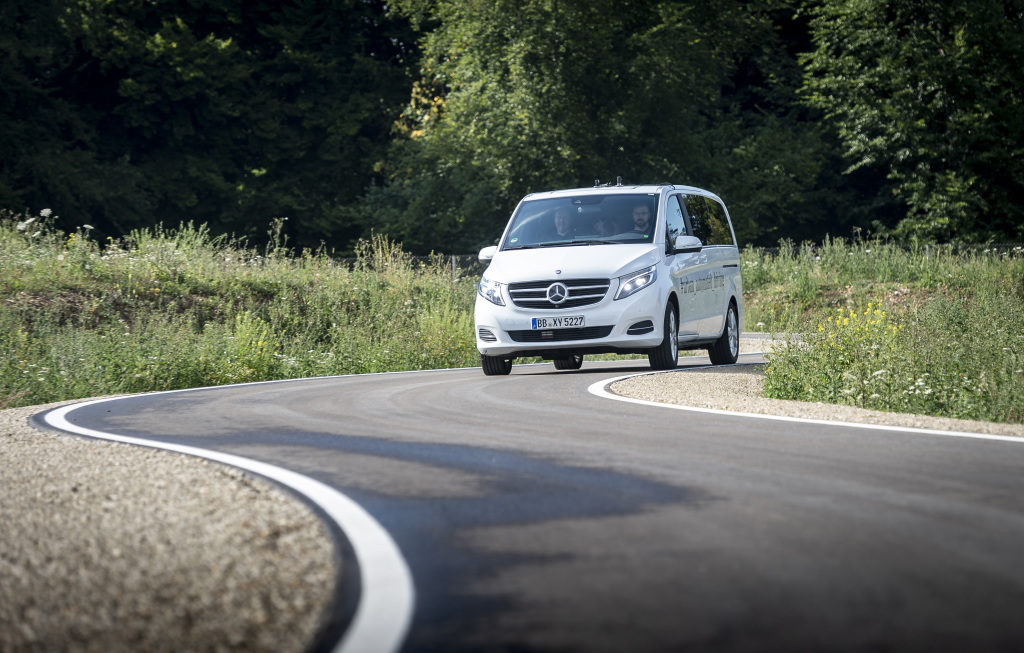Bosch and Daimler are to launch a pilot in the US state of California to speed up the development of Level 4 and 5 autonomous vehicle technology.
In the second half of 2019, Bosch and Daimler will also initiate a shuttle service with automated vehicles on selected routes in a Californian metropolis. It is envisaged that Daimler Mobility Services will operate the fleet, which will be available to book via an app.
The pilot project will demonstrate how mobility services such as carsharing (car2go), ridehailing (mytaxi) and multi-modal platforms (moovel) can be intelligently connected. In addition, the two have selected US technology company Nvidia as the supplier of the artificial intelligence platform as part of their control unit network.
“Safety is of the highest priority, and has been a focus throughout development as we were prepare for mass production. If in doubt, thoroughness comes before speed,” commented Dr Michael Hafner, head of automated driving at Daimler.
Dr Stephan Hönle, senior VP for the automated driving business unit at Robert Bosch, said, “Developing automated vehicles to a level ready for series production is like a decathlon – it’s not enough to be good in one or two areas, you have to master all disciplines. Only then will we succeed in bringing automated driving to the roads and the city safely.”
Analyzing and interpreting the variety of incoming data and translating that into driving commands within a very short time requires enormous computing power. The vehicle will ultimately be a mobile super-computer.
The driving system relies on a control unit network made-up of several individual control units. Nvidia is supplying the platform required for this, which can run the artificial intelligence (AI) algorithms generated by Bosch and Daimler for the vehicle’s movement.
The network of control units collates the data from all sensors with radar, video, lidar and ultrasound technology (sensor data fusion), evaluates them within milliseconds and plans the movements of the vehicle. All in all, the control unit network has a computing capacity of hundreds of trillion operations per second – as much as could be managed by several S‑Class vehicles together just a few years ago.
Bosch and Daimler employees are working closely in teams in two regions – in the greater Stuttgart area in Germany and around Sunnyvale in Silicon Valley to the south of San Francisco in the USA. They share the same office space, ensuring rapid communication across working disciplines and quick decision-making.
Daimler’s task on the project is to integrate the drive system in the car. The company is also providing the development vehicles and test facilities. Bosch meanwhile, has developed the components including sensors, actuators and control units. Testing has taken place in both Immendingen and Boxberg in Germany.


